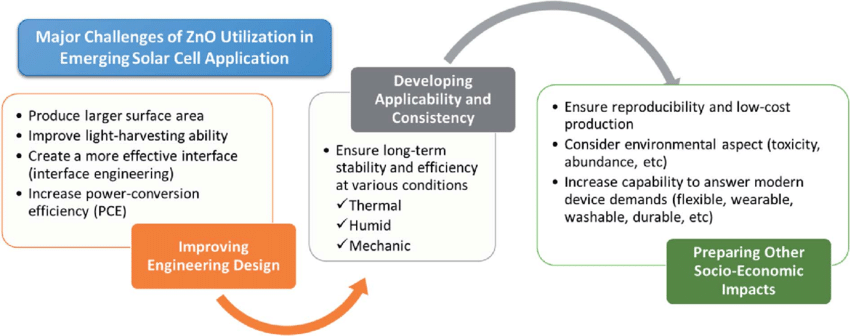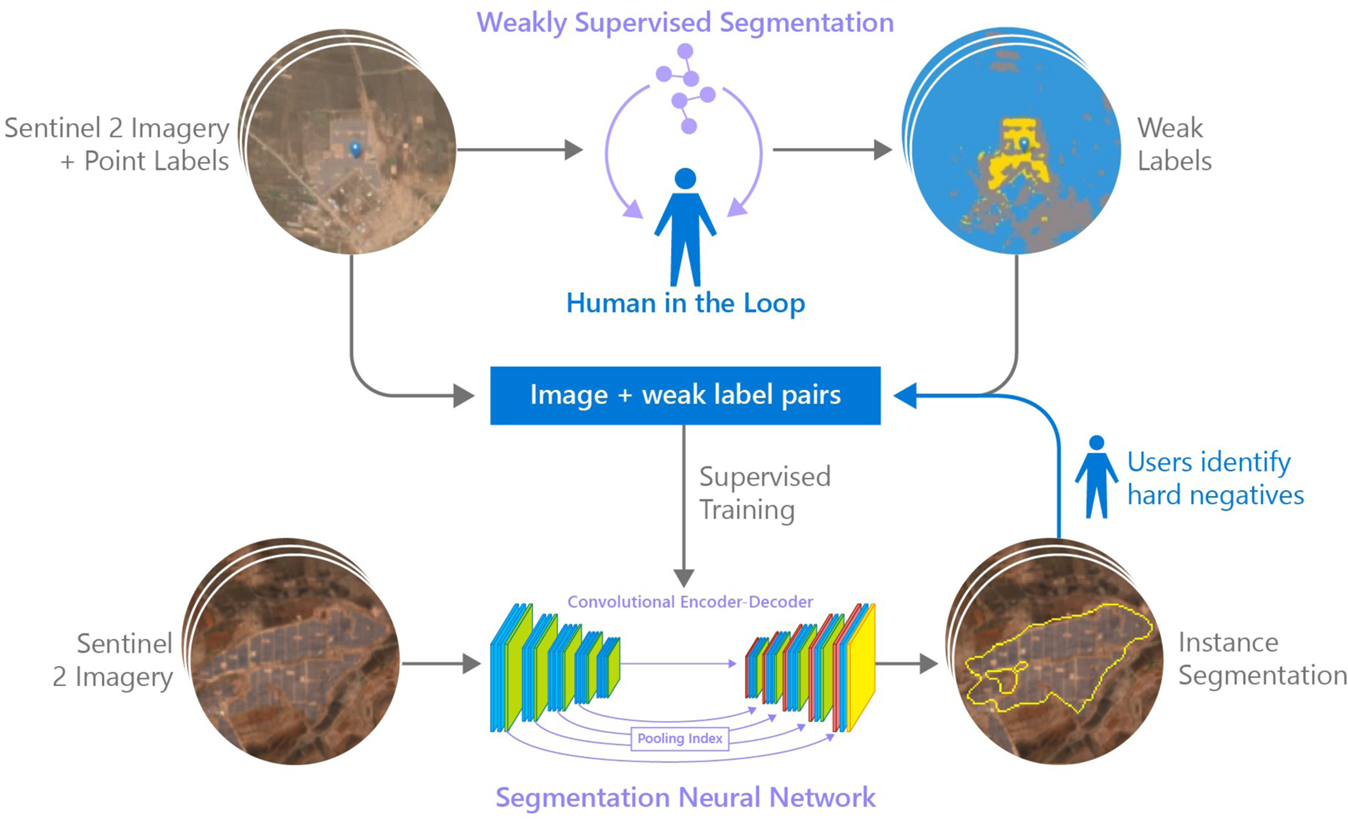Comments
- No comments found

Machine learning can be used to identify affordable solar cells by analyzing vast amounts of data on solar cell materials and performance metrics.
By training machine learning algorithms on this data, researchers can identify patterns and correlations that may not be immediately apparent to human analysts. This can help manufacturers develop new materials and manufacturing techniques that result in more affordable and efficient solar cells.
The global demand for renewable energy has been on the rise in recent years, with solar energy leading the charge.
As more and more countries strive to reduce their carbon footprint, the need for efficient and cost-effective solar cells has become increasingly important. Fortunately, machine learning has emerged as a powerful tool for optimizing the performance of solar cells, allowing for the development of more reliable and low-cost solutions.
Developing efficient and cost-effective solar cells has been a challenge for the renewable energy industry. One of the biggest challenges with solar energy technology is that energy is only generated when the sun shines, meaning that supply can be disrupted at night and on cloudy days.

Manufacturing issues
Pushback from energy providers
Installation costs
In the past, most solar cells were made from silicon, a material that is expensive and difficult to work with. While there have been some advances in silicon solar cell technology, there is still a need for new materials that can offer better performance at a lower cost.
Machine learning has the potential to revolutionize the field of solar cell development. By using large datasets and advanced algorithms, researchers can identify patterns and correlations that may not be apparent to the human eye. This allows for the creation of more accurate models that can predict the performance of solar cells under different conditions.
One of the key advantages of machine learning is its ability to work with large datasets. In the case of solar cell development, this means collecting data on the performance of different materials under different conditions. This data can include information on the material composition, the manufacturing process, and the efficiency of the solar cell.
Once the data has been collected, machine learning algorithms can be used to identify the key factors that contribute to the performance of the solar cell. This includes factors such as the material composition, the manufacturing process, and the conditions under which the solar cell operates. By analyzing this data, researchers can identify the most promising materials and manufacturing processes for producing efficient and cost-effective solar cells.

The use of machine learning in solar cell development is still in its early stages, but there is already a lot of excitement surrounding its potential. With advances in materials science and machine learning, it is possible that we will see a new generation of solar cells that are more efficient, reliable, and cost-effective than anything that has come before.
The development of reliable and low-cost solar cells is crucial to the growth of renewable energy. With the help of machine learning, researchers are able to optimize the performance of solar cells by identifying the key factors that contribute to their efficiency. As the field of machine learning continues to evolve, we can expect to see even more exciting developments in the field of solar cell development.
Leave your comments
Post comment as a guest